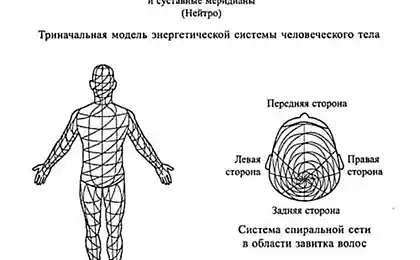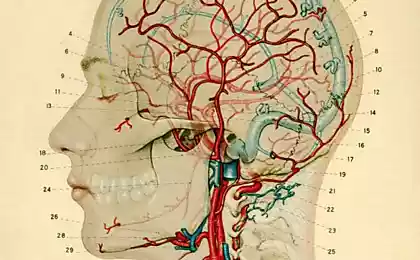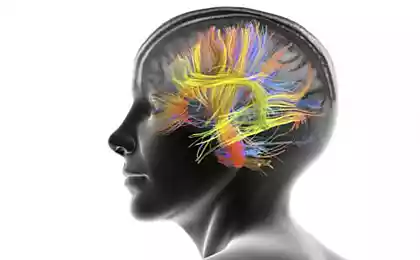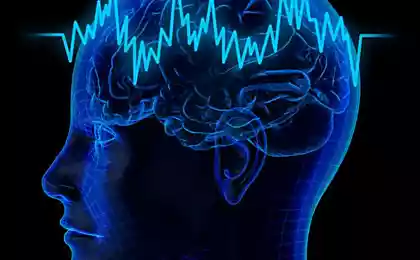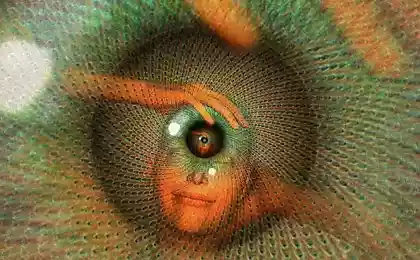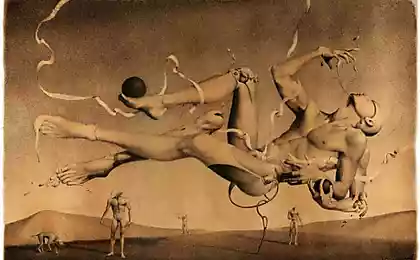1167
The electrical brain signals to move paralyzed limbs
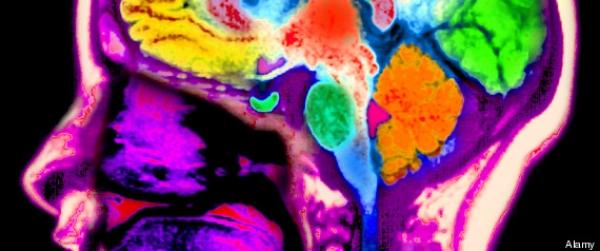
"We catch the" native "electrical signals from the brain that tell the arm or other limb, how to move, and deliver these signals directly into the muscle" said Lee Miller, the study's lead author.
Studies have focused on the monkey with the "paralyzed" hand. Its electrical signals of the brain and muscle signals were observed and recorded throughout the process.
Laboratory monkey constantly received a dose of local anesthetic to block nerve activity at the elbow, causing a temporary (and painless) paralysis of the arm. She also got a tiny implant "multi-electrode", which scientists use to track electrical signals.
When electrical signals are passed through the body of the monkey, the scientists were able to develop an algorithm (decoder), which allowed them to record and predict the patterns of muscle activity in monkeys - until the moment when the monkey wanted to move his hand.
Scientists have discovered that the monkey brain signals were able to control the tiny electrical currents directed to the muscles, causing them to contract and, therefore, allowing the monkey to use it "paralyzed" hand.
"The monkey will not be able to use the hand perfectly, but there is a learning process, such as when you are learning to use a new computer mouse or other tennis racket. All felt differently, but, afterwards, you are learning, adapting to all new, "explains Miller.
"We can learn a significant amount of information in all of the 100 neurons, although there are literally millions of neurons involved in the creation of any body movements," says Miller.
"One of the reasons is that there are so-called outgoing neurons that normally send signals to the muscles. For such there are many other neurons of the brain which calculations are carried out in order to accurately control the movement. We look at the end result of all these calculations and use them. "
Scientists have identified the cause of "brain freeze" the excessive use of ice cream
Polyunsaturated fatty acids Omega-3 reduces the risk of arrhythmia
